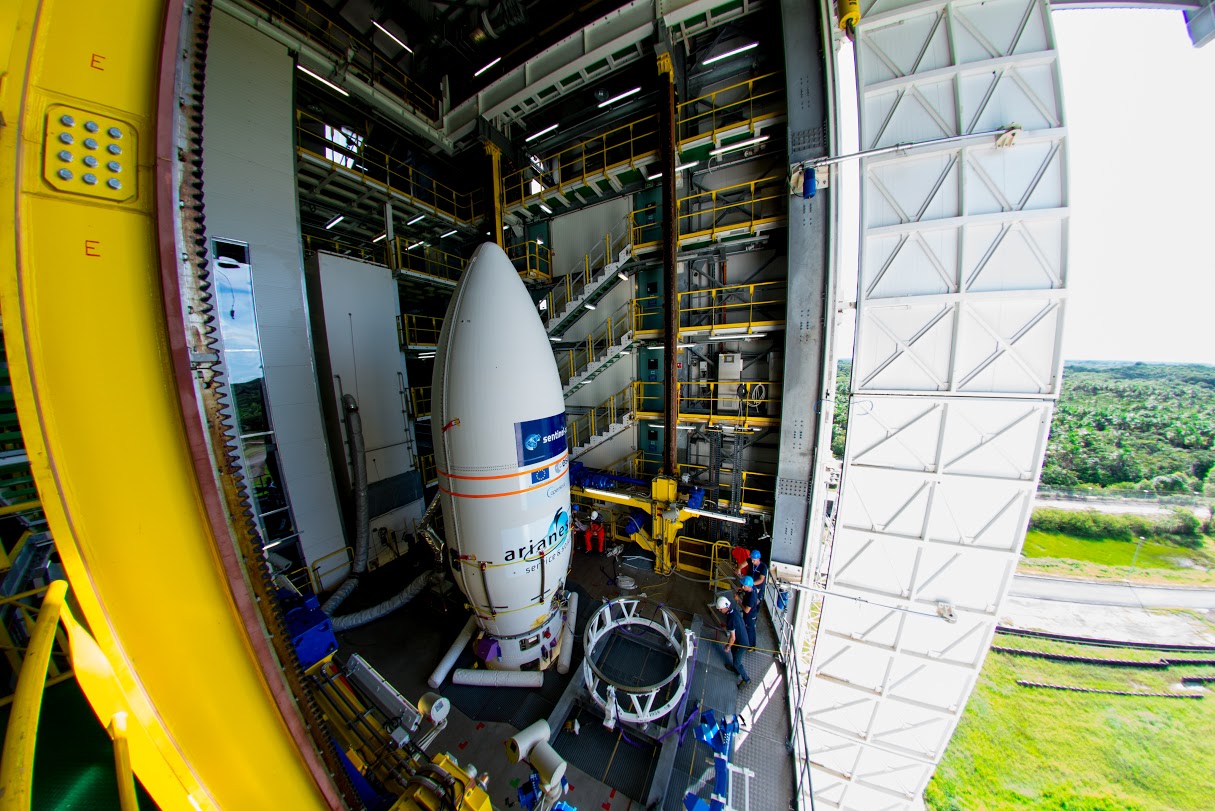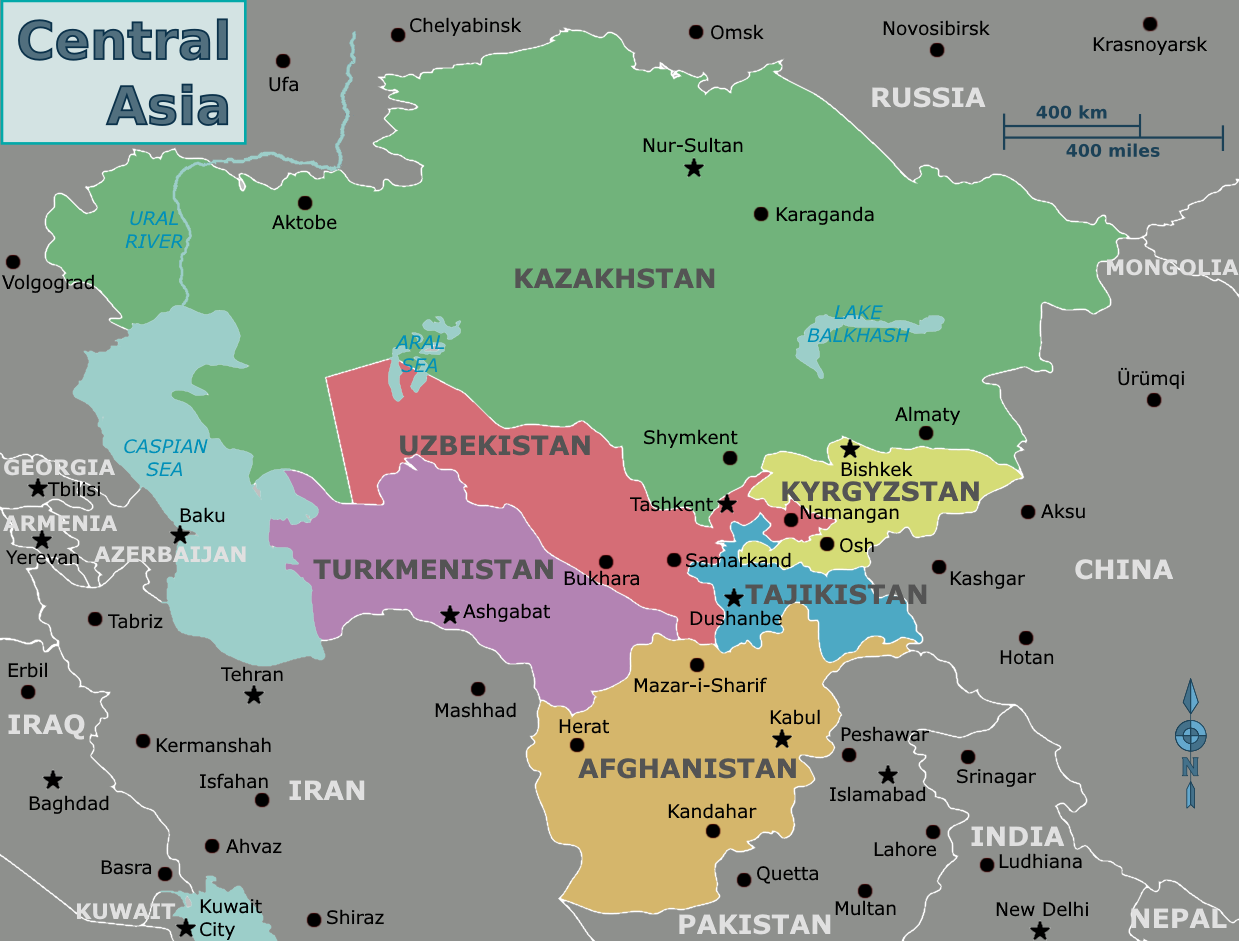|
Zhambyl (mountain)
Zhambyl (; ) is a massif located in Jambyl Region, Kazakhstan. Mount Zhambyl rises in an almost uninhabited area. Mirny, a mining town in the Moiynkum District, lies to the east. Geography The Zhambyl massif is a northern prolongation of the Chu-Ili Range. It is located off the southwestern slopes of the southern section of the Zheltau upland, on the other side of which lies the Balkhash-Alakol Basin. It extends from northwest to southeast for about to the north of the Mayzharylgan. The Betpak-Dala desert lies to the west.Google Earth The highest point of the Zhambyl is high Mount Kyzylbelen, rising near the northern edge.''Kazakhstan National encyclopedia'' / Chief editor A. Nysanbayev - Almaty "Kazakh Encyclopedia" General Editor, Vol. III, 1998. ISBN 5-89800-123-9 Flora The soil is gray and crumbly. Some of the plants found in the range include '' Artemisia santolina'', ''Anabasis'', ''Salsola arbuscula'', as well as sedges, especially in the valleys. See also * G ... [...More Info...] [...Related Items...] OR: [Wikipedia] [Google] [Baidu] |
Sentinel-2
Sentinel-2 is an Earth observation mission from the Copernicus Programme that acquires optical imagery at high spatial resolution (10 m to 60 m) over land and coastal waters. The mission's Sentinel-2A and Sentinel-2B satellites were joined in orbit in 2024 by a third, Sentinel-2C, and in the future by Sentinel-2D, eventually replacing the A and B satellites, respectively. The mission supports services and applications such as agricultural monitoring, emergencies management, land cover classification, and water quality. Sentinel-2 has been developed and is being operated by the European Space Agency. The satellites were manufactured by a consortium led by Airbus Defence and Space in Friedrichshafen, Germany. Overview The Sentinel-2 mission includes: * Multispectral image, Multi-spectral data with 13 bands in the Visible spectrum, visible, Infrared#Regions within the infrared, near infrared, and Infrared#Regions within the infrared, short wave infrared part of the Electromagnetic ... [...More Info...] [...Related Items...] OR: [Wikipedia] [Google] [Baidu] |
Zheltau (Jambyl Region)
Zheltau () is an elongated upland located in Jambyl Region, Kazakhstan. Mirny, a mining town in the Moiynkum District, lies at the southeastern end of the Zheltau. The area is a seasonal grazing ground for local cattle. Geography Zheltau is located at the western limit of the Balkhash-Alakol Basin, roughly to the west of the southwestern shore of Lake Balkhash. It extends from northwest to southeast for about . The Betpak-Dala desert lies to the west. The Zheltau stretches northwestwards from the northern end of the Chu-Ili Range, with the Maizharylgan running parallel to its southern stretch. high Mount Zhambyl rises to the southwest of the southern section of the Zheltau.Google Earth The Zheltau upland forms an almost continuous elevated terrain of moderate height. Located near the northern end, high Mount Suykadyr is the highest point. Flora The vast hilly area is covered with resilient grasses such as ''Festuca'', ''Aristida'', ''Calamagrostis'', '' Artemisia'', ' ... [...More Info...] [...Related Items...] OR: [Wikipedia] [Google] [Baidu] |
Geography Of Kazakhstan
Kazakhstan is located in Central Asia, with a small portion in Eastern Europe. With an area of about Kazakhstan is the ninth largest country in the world, more than twice the combined size of the other four Central Asian states and 60% larger than Alaska. The country borders Turkmenistan, Uzbekistan, and Kyrgyzstan to the south; Russia to the north; Russia and the Caspian Sea to the west; and China's Xinjiang Uygur Autonomous Region to the east. Area and boundaries According to CIA World Factbook estimates: ; Area: :* Total: :** ''country rank in the world'': 9th :* Land: :* Water: ; Area comparative :* Australia comparative: slightly larger than Western Australia :* Canada comparative: slightly less than times the size of Nunavut :* United States comparative: approximately larger than Alaska ; Land boundaries: :* Total: :* Border countries: :**People's Republic of China (to the southeast) :**Kyrgyzstan (to the southeast) :**Russia (to the north) :**Turkmenistan ( ... [...More Info...] [...Related Items...] OR: [Wikipedia] [Google] [Baidu] |
Sedges
The Cyperaceae () are a family of graminoid (grass-like), monocotyledonous flowering plants known as sedges. The family is large; botanists have described some 5,500 known species in about 90 generathe largest being the "true sedges" (genus ''Carex''), with over 2,000 species. Distribution Cyperaceae species are widely distributed with the centers of diversity for the group occurring in tropical Asia and tropical South America. While sedges grow in almost all environments, many thrive in wetlands A wetland is a distinct semi-aquatic ecosystem whose groundcovers are flooded or saturated in water, either permanently, for years or decades, or only seasonally. Flooding results in oxygen-poor ( anoxic) processes taking place, especially ... or in poor soils. Ecological communities dominated by sedges are known as s or as sedge meadows. Classification Some species superficially resemble the closely related Juncaceae , rushes and the more distantly related grasse ... [...More Info...] [...Related Items...] OR: [Wikipedia] [Google] [Baidu] |
Salsola Arbuscula
''Salsola'' is a genus of the subfamily Salsoloideae in the family Amaranthaceae. The genus ''sensu stricto'' is distributed in Australia, central and southwestern Asia, North Africa, and the Mediterranean. Common names of various members of this genus and related genera are saltwort (for their salt tolerance) and tumbleweed or roly-poly. The genus name ''Salsola'' is from the Latin , meaning . Description The species of ''Salsola'' are mostly subshrubs, shrubs, small trees, and rarely annuals. The leaves are mostly alternate, rarely opposite, simple, and entire. The bisexual flowers have five tepals and five stamens. The pistil ends in two stigmata. The fruit is spherical with a spiral embryo and no perisperm. Systematics The genus name ''Salsola'' was first published in 1753 by Linnaeus in ''Species Plantarum''. The type species is ''Salsola soda'' L. The genus ''Salsola'' belongs to the tribe Salsoleae ''s.s.'' of the subfamily Salsoloideae in the family Amaranthaceae. The ... [...More Info...] [...Related Items...] OR: [Wikipedia] [Google] [Baidu] |
Anabasis (plant)
''Anabasis'' is a genus of plants in the subfamily Salsoloideae of the family Amaranthaceae. It is distributed in southern Europe, North Africa, and Asia. Description The species of genus ''Anabasis'' are annual or perennial herbs or subshrubs. Their stems are fleshy and articulated, mostly glabrous with the exception of hairy tufts at the nodes, rarely with papillae-like trichomes or woolly. The opposite leaves may be reduced to small scales or normally developed. The inflorescences are elongated or condensed spikes. The flowers sit solitary or in groups of up to 4 in the axils of upper leaves (bracts), with 2 paired bracteoles. Flowers consist of 5 subequal membranous perianth segments, that are free nearly from base; 3-5 stamens without appendages; and an ovary with 2-3 thick and short stigmas. In fruit, prominent membranous wings develop on the back of the perianth segments, usually 2-3 of them larger than the others. Rarely, the perianth remains unwinged. The fruit m ... [...More Info...] [...Related Items...] OR: [Wikipedia] [Google] [Baidu] |
Artemisia Santolina
Artemisia may refer to: People * Artemisia I of Caria (fl. 480 BC), queen of Halicarnassus under the First Persian Empire, naval commander during the second Persian invasion of Greece * Artemisia II of Caria (died 350 BC), queen of Caria under the First Persian Empire, ordered the construction of the Mausoleum at Halicarnassus * Artemisia Gentileschi (1593–1656/1653), Italian painter Places * Artemisia, Messinia, a Greek village west of Taygetus mountain in the Peloponnese * Artemisia, Zakynthos, a municipality on Zakynthos, Greece * Artemisia Geyser, in Yellowstone National Park, US * Artemisia pipe, a diatreme in the Northwest Territories, Canada * Kingdom of Artemisia, a regional designation created by the Society for Creative Anachronism Opera * ''Artemisia'' (Cavalli), a 1657 opera by Cavalli * ''Artemisia'', a 1754 opera seria by Johann Adolph Hasse *''Artemisia, Regina di Caria'', a 1797 opera by Domenico Cimarosa * ''Artemisia'' (Cimarosa), an 1801 opera by Domenico ... [...More Info...] [...Related Items...] OR: [Wikipedia] [Google] [Baidu] |
Almaty
Almaty, formerly Alma-Ata, is the List of most populous cities in Kazakhstan, largest city in Kazakhstan, with a population exceeding two million residents within its metropolitan area. Located in the foothills of the Trans-Ili Alatau mountains in southern Kazakhstan, near the border with Kyrgyzstan, Almaty stands as a pivotal center of culture, commerce, finance and innovation. The city is nestled at an elevation of 700–900 metres (2,300–3,000 feet), with the Big Almaty (river), Big Almaty and Small Almaty (river), Small Almaty rivers running through it, originating from the surrounding mountains and flowing into the plains. Almaty is the second-largest city in Central Asia and the fourth-largest in the Commonwealth of Independent States (CIS). Almaty served as the capital of Kazakhstan from 1929 to 1997 during the Soviet era and after independence from 1991 until the capital was relocated to Astana, Akmola (now Astana) in 1997. Despite no longer being the capital, Almaty re ... [...More Info...] [...Related Items...] OR: [Wikipedia] [Google] [Baidu] |
Betpak-Dala
Betpak-Dala or Betpaqdala (, ''Betpaqdala''; from Turkic ''batpak'', “swampy,” or Persian ''bedbaht'', “unlucky” and Turkic ''dala'', “plain”; Russian: Бетпак-Дала or Сeверная Голодная степь, lit. ''Hungry Steppe'') is a desert zone in the Ulytau, Karaganda, Turkestan, and Zhambyl regions, Kazakhstan. - Great Russian Encyclopedia in 35 volumes / ch. ed. Yu. S. Osipov History In Autumn 2014, English explorer Jamie Bunchuk completed an expedition to cross the Betpak-Dala to its fullest longitudinal extent, from Lake B ...[...More Info...] [...Related Items...] OR: [Wikipedia] [Google] [Baidu] |
Mayzharylgan
Maizharylgan (; ) is a mountain range located in Jambyl Region, Kazakhstan. Mirny, a mining town in the Moiynkum District, lies roughly to the northeast of the Maizharylgan. The area is a seasonal grazing ground for local cattle. Geography The Maizharylgan is located at the southwestern limit of the Balkhash-Alakol Basin, roughly to the southwest of the southern end of Lake Balkhash. It extends from northwest to southeast for about between the Betpak-Dala desert to the west and the southern section of the Zheltau to the east. River Karasai has its origin in the slopes of the northern section and flows into lake Itishpes (Alakol) to the northeast. The river channels and rivulets carry water only in the spring.Google Earth The Maizharylgan stretches northwestwards from the northern end of the Khantau to the southern end of the Zhambyl. he elevations are moderate and, together with the Zheltau upland, the Mayzharylgan forms an almost continuous elevated terrain of moderate ... [...More Info...] [...Related Items...] OR: [Wikipedia] [Google] [Baidu] |
Balkhash-Alakol Basin
The Balkhash-Alakol Basin or Balkhash-Alakol Depression(; ), is a flat structural basin in southeastern Kazakhstan.Балхаш-Алакольская котловина '''' in 30 vols. — Ch. ed. . - 3rd ed. - M. Soviet Encyclopedia, 1969-1978. (in Russian) The basin is named after lakes [...More Info...] [...Related Items...] OR: [Wikipedia] [Google] [Baidu] |
Moiynkum District
Moiynkum (, ) is a district of Jambyl Region in south-eastern Kazakhstan. The administrative center of the district is the auyl of Moiynkum. Geography The district is named after the Moiynkum Desert and lies at the northeastern edge of the desert. Parts of it are in the lower basin of the Chu river, as well as by Lake Balkhash. Lakes Kashkanteniz and Karakol are located in the district.Google Earth Google Earth is a web mapping, web and computer program created by Google that renders a 3D computer graphics, 3D representation of Earth based primarily on satellite imagery. The program maps the Earth by superimposition, superimposing satelli .... References Districts of Kazakhstan Jambyl Region {{JambylRegion-geo-stub ... [...More Info...] [...Related Items...] OR: [Wikipedia] [Google] [Baidu] |






